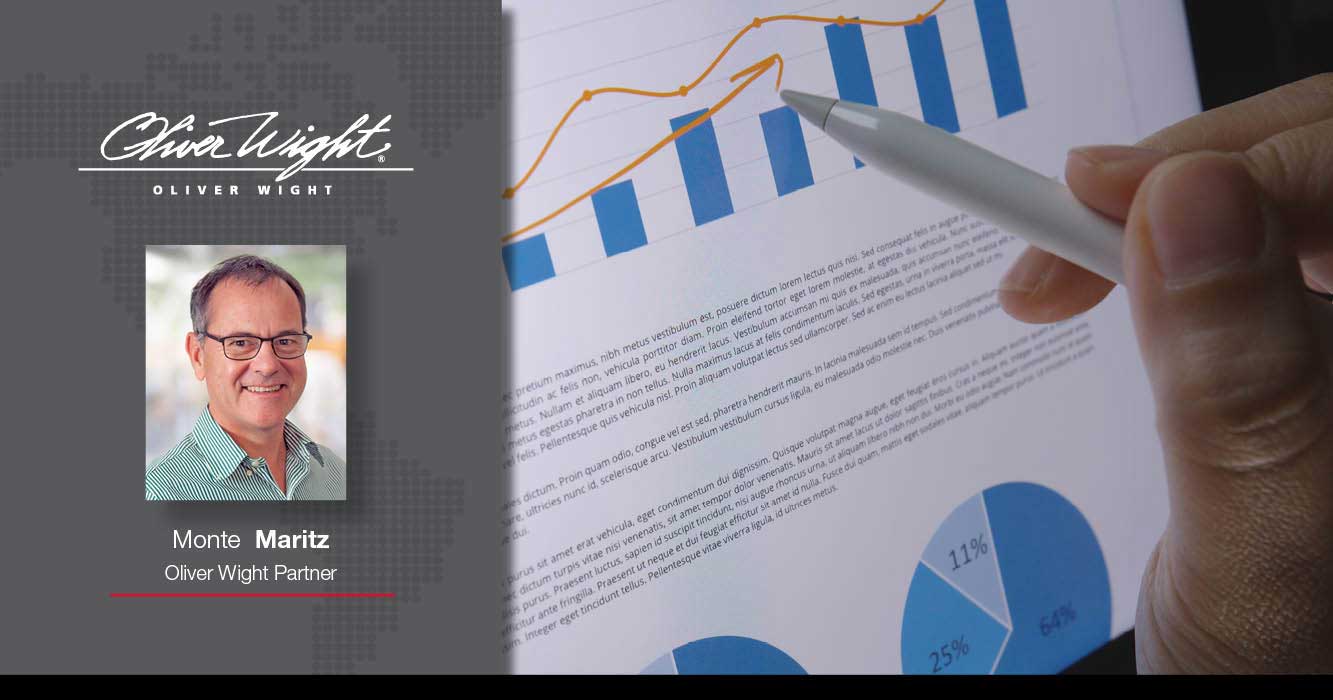Stop obsessing about precise details – and use forecasting to manage uncertainty
09 Oct 2023
Blog

I see more and more businesses discussing achieving greater accuracy with their business planning and forecasts not only in terms of the technology and tools but in the way they want to measure and incentivize demand planning and business teams. While forecast accuracy is important – and the measurement and understanding of it a critical requirement for future success – there is a difference between understanding and then adapting and focusing on some magical solution that can create future perfection.
It has almost reached a point where we seem to be forgetting why we are planning for the future. The very essence of why we plan has been overshadowed.
Planning is not about chasing an unattainable, perfect outcome. It’s about preparation and readiness for whatever happens, facilitating actionable decisions.
Blame game
Technology might provide me with a perfect weather forecast for tomorrow. However, if I don’t decide to pack an umbrella when rain is expected, that prediction is moot. Likewise, if the morning sun convinces me to leave my umbrella at home, only to be caught in a rainstorm later because I was too rigid in my planning, that’s on me. The forecast served its purpose; my response to it was the shortcoming.
Similarly, blaming poor results on faulty forecasts diverges from the actual issue – our intrinsic inability to manage change. Forecasts should be our compass to navigate potential changes or risks, not the scapegoat for decision paralysis.
Companies are investing copious amounts of effort in creating sophisticated forecasting processes. Yet, many miss the mark in developing the change management needed to act on these forecasts, mistakenly substituting technical forecast accuracy goals with behavioral change in the business to address known and visible bias.
And we must remember that when we talk about bias, we are not talking about an honest mistake. Bias happens when we know one thing, and then through pressure, behavior or inertia choose to reflect something different in our plans. Bias is the enemy of good planning – but the root cause is often outside of the planning processes.
Leaders need to take a step back and realize that if the world is going to change, and it will, and if things are going to be unpredictable, as they will be, business agility and dynamism are paramount.
This is not a call to abandon forecasting but rather a reminder to help understand its valuable role. Leaders must stop leaning on perfectionism as a crutch for subpar performance and start harnessing forecasts to facilitate decisive action.
Common mistakes
There are three common missteps I see from leaders in this area.
- There’s an infatuation with forecast accuracy. While beneficial, it shouldn’t become the proverbial stick to beat businesses when reality deviates from projections. Forecast accuracy is a retrospective gauge of a business’s ability to convey its insights and sometimes we are confronted with information that we did not have at the time. Incorporating new insights at speed, without judgment, will drive success in the long term.
- Elevating forecasting to a purely technical science runs the risk of turning it into a convenient scapegoat. Forecasts are guiding instruments, not substitutes for adaptability. Too often we blame tools and planners for not reading the minds of our commercial teams, or correcting their inherent bias – without placing the blame where it belongs.
- The final – and most important – point is that we must stop being obsessed with the details. Because not only will it always be wrong, but people will spend too much time trying to justify the impossible. Leaders should resist the temptation to waste invaluable human resources justifying minor inaccuracies. Such discussions should add value, fostering growth and adaptability rather than laying blame.
Ultimately, while forecasts play a crucial role in business planning, they are not crystal balls offering infallible visions of the future. We can leverage forecasts to propel businesses forward in this unpredictable age, but it requires us to recognize that forecasting is only the beginning, it is in accepting change and responding that we truly add value to our businesses.
Author(s)
-
